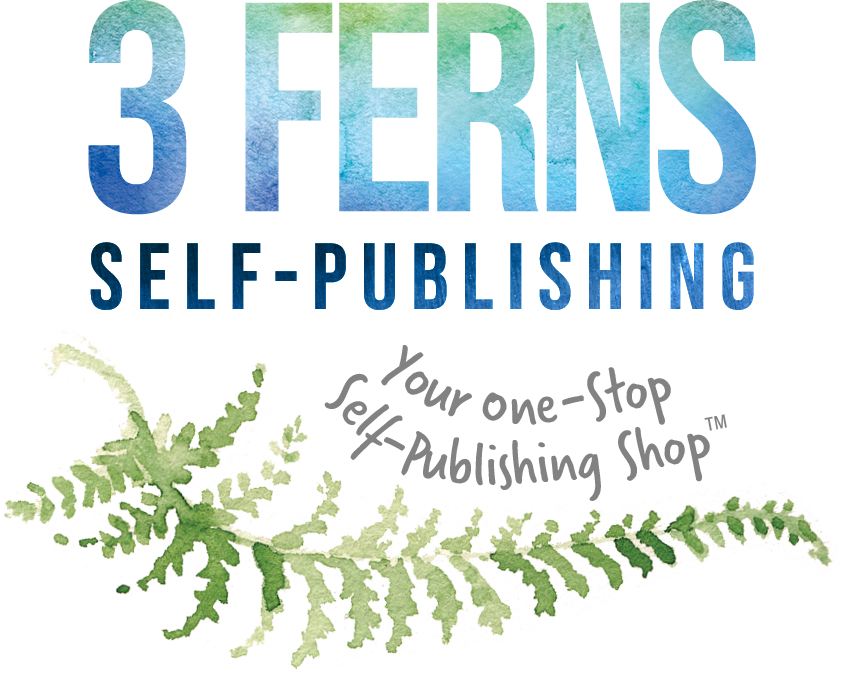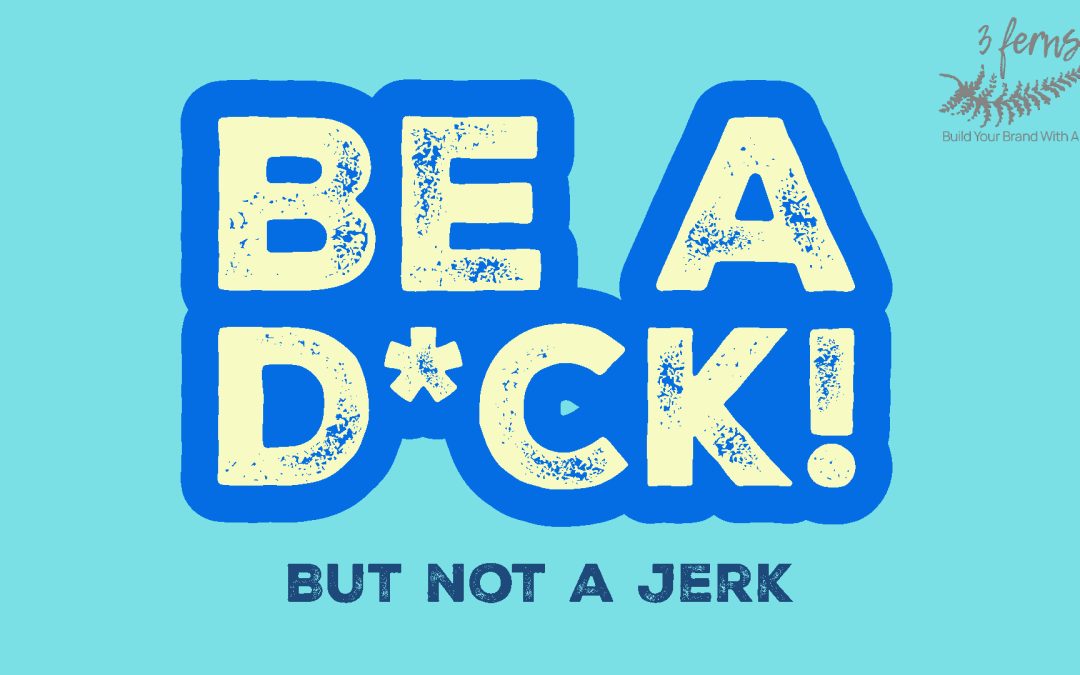
Manuscript TLC: Why self-editing matters
You’ve done it! You’ve completed your book and you’re just about ready to have the cover designed, and fix the layout for printing – but hold on! Have you edited your copy yet?
You’ve likely done a few minor edits here and there, but have you really sat down and taken the time to read what you wrote from an outsider’s perspective?
Today, we’re going to explore why self-editing is a crucial step before sending your manuscript to a professional editor. By the end of this blog, you’ll understand the significance of this phase and you won’t be scared to delete, rephrase, or even just reread your work!
What is self-editing?
Self-editing is the process of meticulously reviewing and revising your manuscript. This involves reading through your work multiple times to catch errors, refine your writing, and enhance the overall quality.
Think of it as giving your book a makeover before its grand debut. Self-editing isn’t just about correcting typos; it’s about ensuring that what you’ve written reads seamlessly and engages your readers from start to finish.
Editing excellence
Now that you know what self-editing is, why should you? It’s already hard work writing the book itself, but if we’re being honest, the real work comes in the editing and that’s when you rise to the challenge of being a professional writer.
Enhances overall quality
Self-editing is literally your first line of defense against mistakes and inconsistencies. It allows you to catch those pesky errors that can distract readers and diminish their experience.
Carefully reviewing your work helps you in a twofold manner. You can check whether your writing is clear, coherent, enjoyable, and grammatically correct. You can also teach yourself how to be objective about something you have written.
These are important lessons for you to learn because they teach you how to first and foremost be honest with yourself, which is one of the most important things needed to be a successful self-published author.
First impressions matter
Though yes, professional editors are meant to help you, it’s always a good idea to self-edit first and put your best work forward regardless.
When your manuscript is polished, it reflects your professionalism and dedication as an author. First impressions are vital, especially in the competitive world of self-publishing. A well-edited manuscript sets a positive tone for readers, agents, and editors. It shows that you take your craft seriously and respect your readers’ time and attention.
Skip the edit, pay the price
If you’re still on the fence about self-editing, here are a few things that could happen and might help you reconsider. This isn’t to scare you but just to let you see that self-editing isn’t something to shy away from.
Professional editor challenges
If you skip self-editing, your manuscript may require more time and effort from a professional editor. This can lead to increased costs, as editors might charge extra for manuscripts that need extensive work.
By self-editing first, you make the editor’s job easier, allowing them to focus on deeper issues like structure and content, rather than basic errors.
Risk of errors
Neglecting self-editing increases the risk of errors slipping through the cracks. Even the most skilled editors can miss mistakes if the manuscript is cluttered with basic issues.
Errors in the final product can be embarrassing and diminish your book’s credibility. Self-editing helps you catch and correct these mistakes,so that you have a smoother editing process and a more polished final product.
Do you need a professional editor and designer?
After all of that, you’re probably thinking, “Do I really need to do everything on my own?” Absolutely not! Self-editing is merely step one in the process of getting your book off the ground.
Self-publishing is difficult and overwhelming and though you are the one taking hold of the entire process, delegating tasks that you are not adept at will help you create the best possible book.
Importance of professional editing
We would say, yes! While self-editing is crucial, a professional editor provides an invaluable second set of eyes. They offer objective feedback on your content, structure, and style, helping you refine your manuscript to its fullest potential. A professional editor can catch nuances you might have missed, ensuring your book is the best it can be.
Since a professional editor is someone who has likely been in the business for a while, their opinions and suggestions might be important for you. They might know about certain topics or how things are done and show you how to navigate.
Role of professional designers
You can absolutely design your book on your own, but if you aren’t particularly artsy or visual, there is no shame in having a cover made!
Professional designers will make sure your book looks as good as it reads. From the cover design to the layout, a designer’s touch can make your book visually appealing and market-ready.
Remember, people do judge books by their covers, so investing in a professional design can significantly impact your book’s success.
The last word
Hopefully, you’re leaving with a little more clarity on why self-editing is an indispensable step in the self-publishing process. It may take more work but you are investing in yourself and the book you believe in. Let’s face it, you made it this far and wrote your book, why would you stop now?
With proper self-editing, you can take your book even further and find connections, statements, and new ways to communicate with your audience in your writing that you may not have thought of before.
Self-editing doesn’t replace the need for professional editing and design. Both are essential to producing a high-quality book that stands out in the marketplace. By combining your self-editing efforts with professional expertise, you’ll create a book you can be truly proud of.
Stay tuned
Excited to learn more? Stay tuned for our next blog post, where we’ll dive into practical tips and techniques for effective self-editing. You’ll discover how to approach your manuscript fearlessly and with a critical eye. Don’t forget to follow us on all socials for updates. Happy writing, and remember, your book deserves the best!
Reach out to us
If you want to learn more about the self-publishing process, schedule a Clarity Call with Leesa Ellis and she’ll give you a step-by-step guide suited for your needs and tailored to your specific book!






